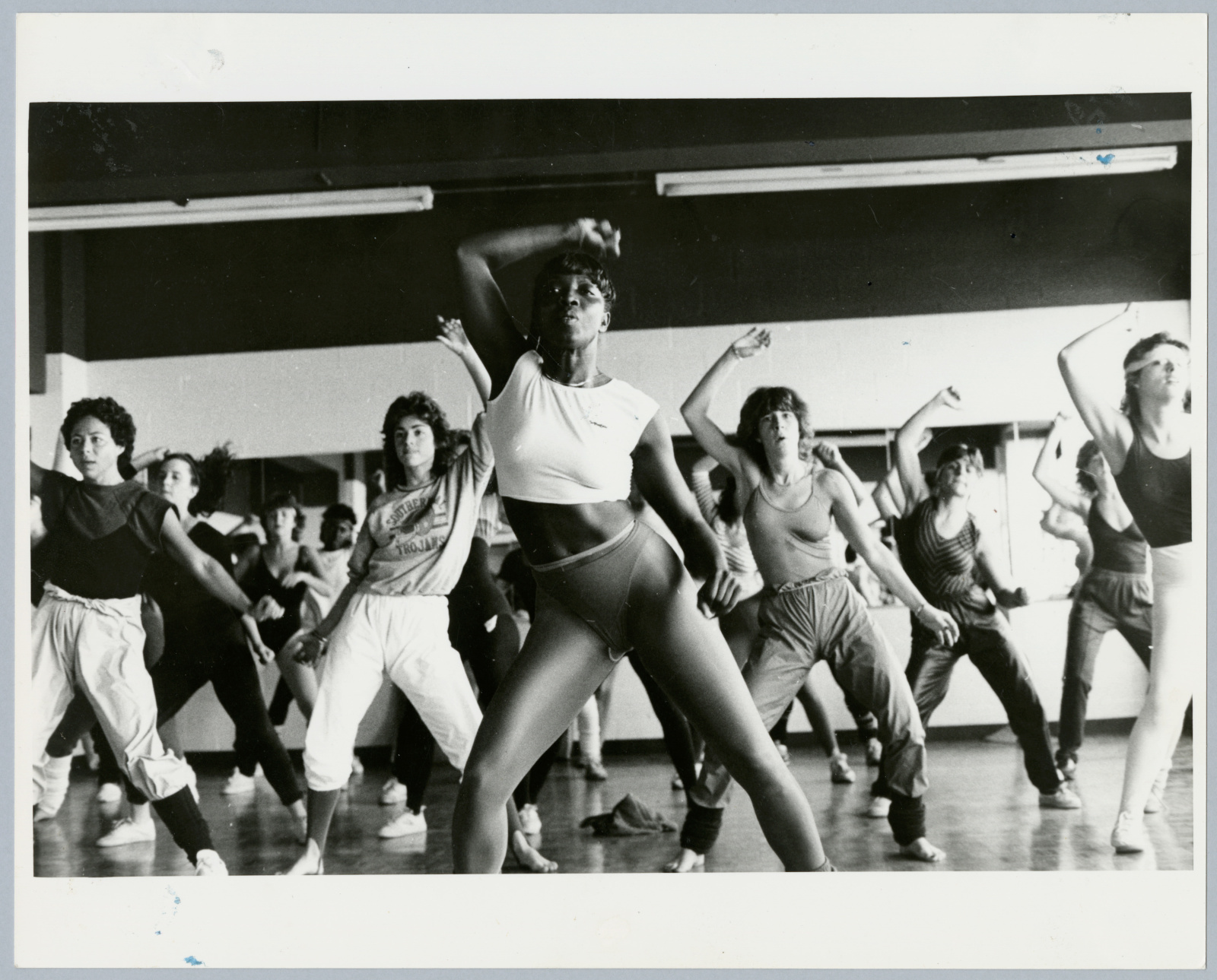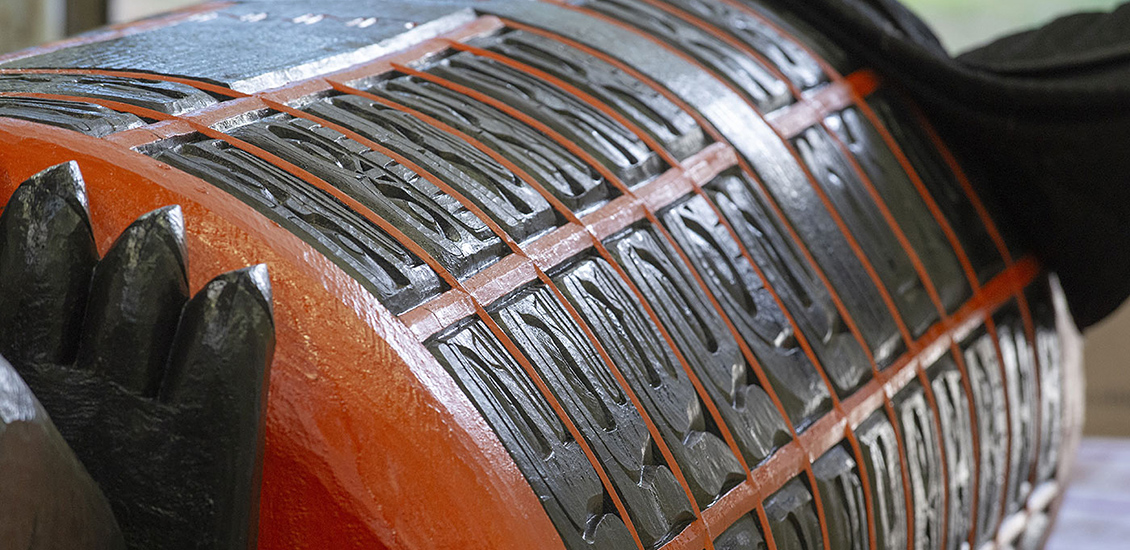Chances are your favourite TV show as a kid was made in Canada. Many children’s shows from the 1980s reflect a distinctly Canadian approach that was replicated around the world. These shows promoted education, respect and inclusion. The classic show Today’s Special embodied these values.
Today’s Special
Today’s Special hit the airwaves in the early 1980s. It was the first kids’ program to feature a person of colour in a permanent role, played by the late Nerene Virgin. (Some shows, including Polka Dot Door, had occasional Black hosts as early as the 1970s, but not as regular cast members.) Her character, Jodie, was a department store display designer, who was kept company by Muffy the Mouse, Sam the security guard, and Jeff, a mannequin who came to life.
Jodie often speaks to the viewer patiently and intimately, like they’re her friend. It’s an example of the slow, thoughtful approach for which Canadian children’s TV became known. Olivier Côté is Curator, Media and Communications at the Canadian Museum of History. “Canadian children’s TV is really recognized as a very progressive, very educational, slow-paced TV,” he says. “It is and was recognized as a place for inclusion and diversity.”
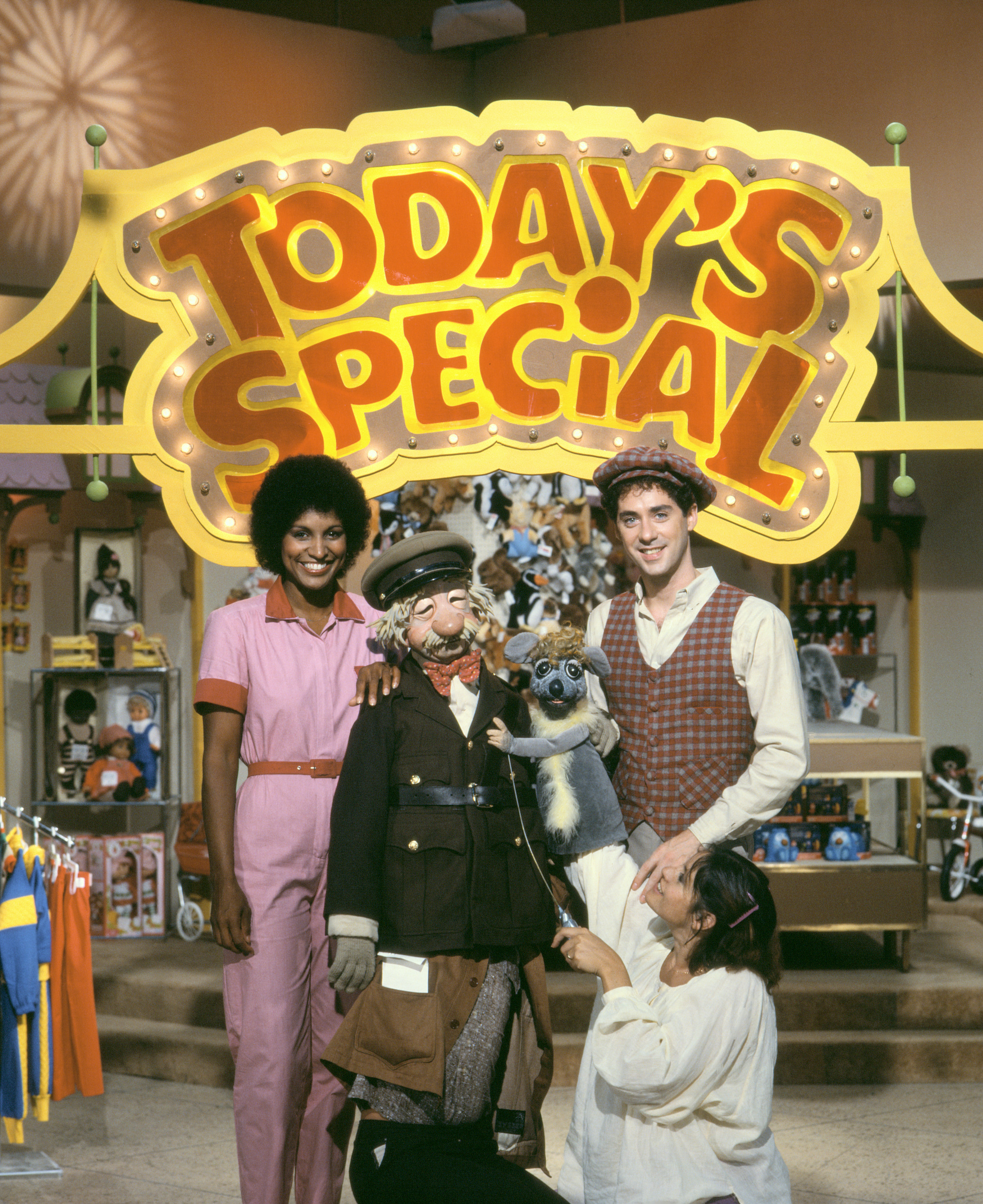
Some beloved Today’s Special characters. From left to right: Jodie (Nerene Virgin), Sam (Bob Dermer), Muffy (Nina Keogh), and Jeff (Jeff Hyslop).
TV Ontario
Diversity and representation
The 1980s were a turning point for representation on television. Côté says, “Back in the 1950s, 1960s, and early 1970s, typically, all the hosts were white people. Let’s say you were a child from a marginalized community, a Black person, for example, and you watch a show ― you were not able to recognize yourself in these characters.”
Nerene Virgin recognized the importance of diversity and representation in an interview with the Canadian Museum of History. “When I watched children’s television,” she recalls, “most of the images that I saw were derogatory. They made fun of my African ancestry.”
On Today’s Special, however, Virgin was able to take centre stage. And Côté points out that the show never made a big deal about her skin colour. “The idea was not to say, ‘oh, by the way, this character is Black,’” he says. “No, it was just like, she’s one of the main characters. She happens to be Black. It shows that it’s more than recognizing difference. It’s acceptance.”
And Nerene Virgin, in turn, inspired other Black Canadian kids. When she passed away in 2023, Black content creator Arianne Young shared a touching tribute on social media. Arianne is a lifelong fan of Today’s Special. “I just like the fact that this character happened to be Black,” she says. “I learned, seeing her exist in this environment where being Black wasn’t her downfall. It wasn’t a negative. It wasn’t anything. I was able to exist in this world just as me.”
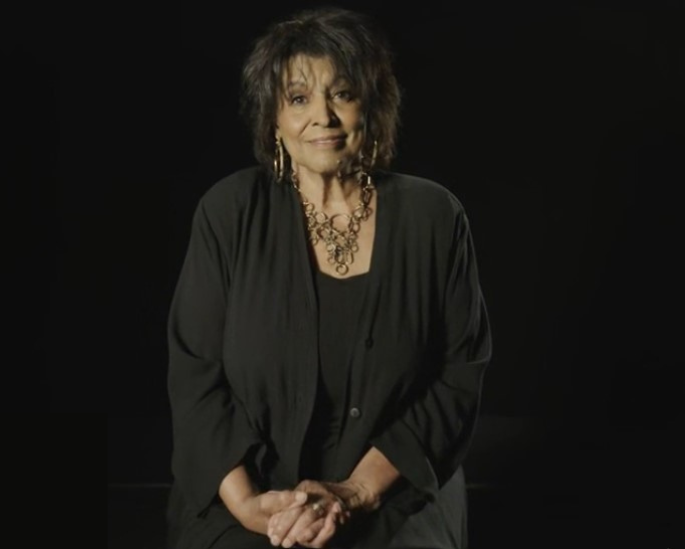
Nerene Virgin in 2022.
Canadian Museum of History
Thoughtful and compassionate TV
Today’s Special treated serious and even difficult matters with a thoughtful, compassionate and inclusive approach. In one episode, it featured a child with cerebral palsy. Côté notes: “It was telling children, ‘He should be one of your friends.’ And his difference was normalized, in a way. It was not treated like, ‘if you’re different, you are in the margin of this story.’ He was at the centre of this story.”
Virgin remembers fans appreciating episodes that addressed difficult emotional issues such as grief. She was amazed at the range of people who found meaning and comfort in her TV show. “So, you know, you have no idea,” she said, “how important it is to tell our stories, because there’s such a connectedness with others out there.”
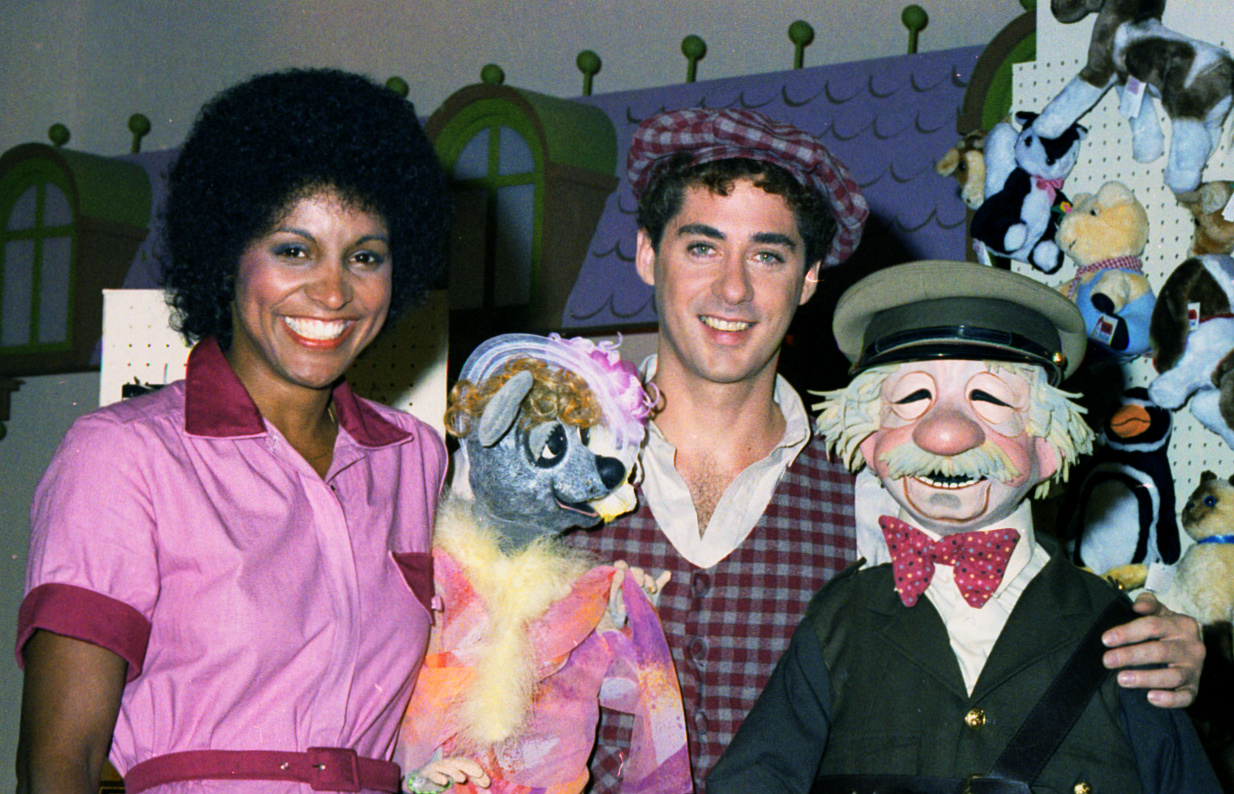
Jodie, Muffy, Jeff and Sam.
TV Ontario
The future of children’s television?
Virgin noticed that the style of children’s television production has changed in more recent decades, becoming faster paced and less thoughtful. She says, “What I see now are a lot of children’s programs that are five minutes long, which maybe speaks to what we think is the attention span of a child. Or does that exacerbate the short attention span of a child by making the assumption that they can only watch something for five minutes?”
Côté agrees. “Canada developed such interesting and influential shows,” he says, “because of the TV environment of Canada, with CBC, Radio-Canada, TV Ontario, Télé-Québec. We have public-funded corporations. And as such, Canada was the place to be to produce children’s TV.”
He points out that now, globalized media markets are resulting in “less Canadian content on screen. And you’re also getting fast-paced content, less direct address, more animation. Because it’s much easier to sell on the global stage.”
Listen to the Today’s Special episode of Artifactuality to hear more about children’s television in Canada, Nerene Virgin’s experiences, and the importance of diversity in representation.

Steve McCullough
Dr. Steve McCullough is the Digital Content Strategist at the Canadian Museum of History and the Canadian War Museum. His work in digital storytelling involves compassionate and evidence-based efforts to address history, meaning and identity in our fragmented and polarizing, but also vibrant and interconnected, online environment.


